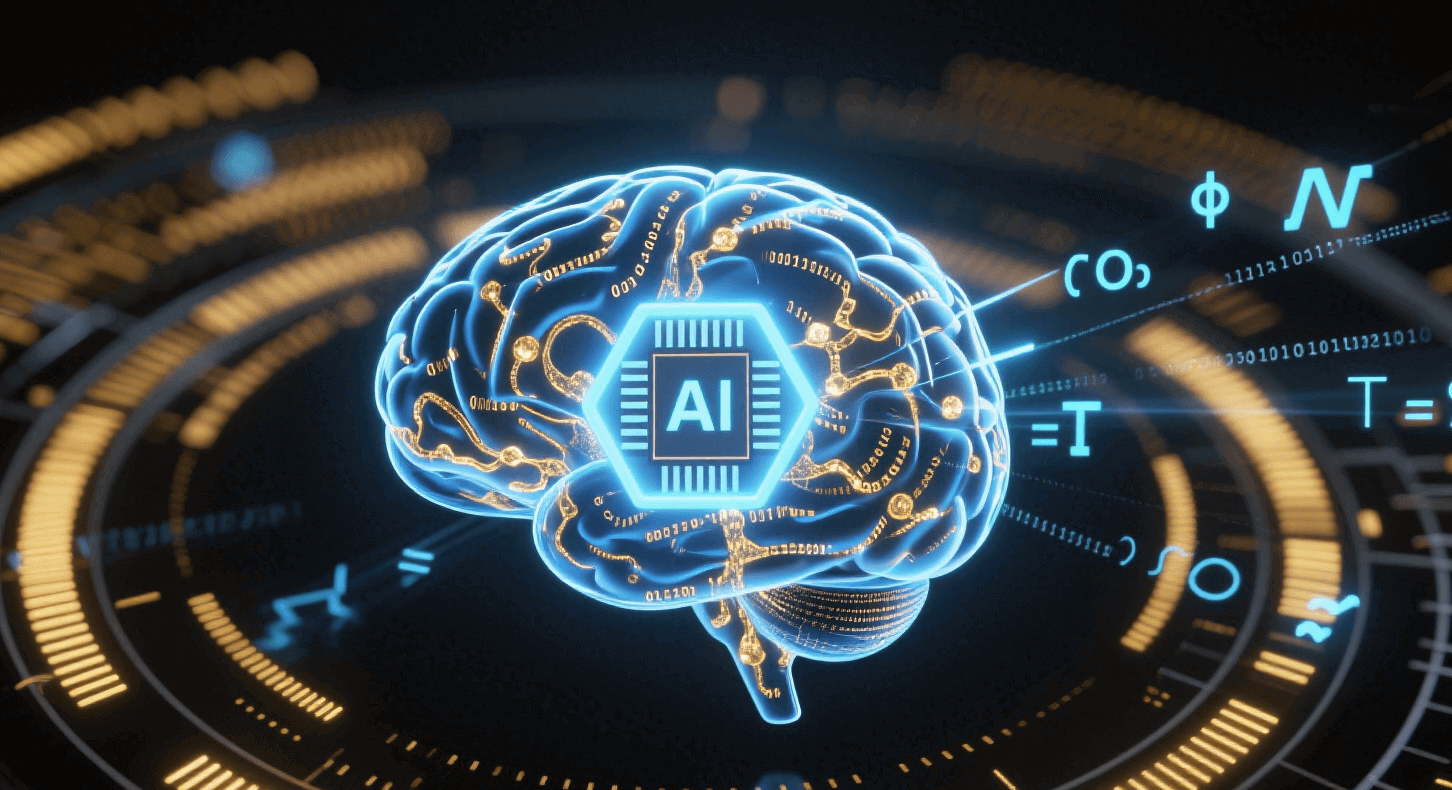When talking about the implementation of artificial intelligence (AI), attention tends to center on advanced training algorithms or huge datasets. However, the crucial link that moves AI from laboratories to making a real-world difference is AI inference. It converts the knowledge acquired during the training phase into practical problem-solving skills, acting as the ultimate channel through which AI systems deliver value.
What Is AI Inference?
AI inference refers to the process by which a trained model utilizes acquired parameters and patterns to process new input data and produce outputs. If model training is comparable to “a student acquiring knowledge,” Inference AI is like “the student using that knowledge to solve problems.” For instance, a model trained to recognize cats (through features such as pointed ears and whiskers) will employ AI inference to classify a new photo of a cat as “a cat.”
AI Inference vs. AI Training
- AI Training: The “learning phase,” where models adjust parameters using large labeled datasets to grasp data patterns. It demands massive computing resources and time (e.g., teaching a student to solve problems).
- AI Inference: The “application phase,” where trained models process new data to deliver conclusions (e.g., medical diagnoses, fraud detection). It prioritizes “speed and efficiency,” relying on lightweight computing (e.g., a student solving problems with learned skills).
Training focuses on “optimizing the model,” while inference emphasizes “efficient application.” Training uses labeled data, while inference handles real-time, unlabeled inputs—together forming a complete AI system loop.
Why AI Inference Matters
AI inference is a critical mechanism. It turns trained models into tools that create value. Its significance lies in three core areas.
First, it connects training to real-world outcomes. Training gives models “knowledge.” Inference is what puts that knowledge to use. For example, a cancer-detection model only saves lives when inference lets it analyze new patient scans. This applies to many areas, from smartphone face recognition to industrial defect inspections.
Second, it influences user experience. The speed, accuracy, and reliability of inference directly affect user trust. A voice assistant with 5-second delays feels cumbersome. Delayed obstacle detection in a self-driving car could even be life-threatening. Optimized inference ensures responsiveness. This drives user adoption.
Third, it balances efficiency and scalability. Training uses a lot of resources but happens occasionally. Inference, however, operates continuously on a large scale. For example, recommendation engines handle billions of daily requests. Efficient inference reduces costs. This makes widespread AI deployment feasible without excessive expenses.
How AI Inference Works
- Input Data Preparation: Raw data (images, text, sensor readings) is cleaned, standardized, and normalized to match the model’s training data format.
- Model Loading: Trained models (stored as .pth or .onnx files) are loaded into a runtime environment, with hardware (GPUs like NVIDIA H100/H200) and software (e.g., TensorRT) optimized for speed.
- Feature Extraction & Computation: The model extracts key features (e.g., edges in images, context in text) and uses learned parameters to generate raw outputs (e.g., “90% probability of ‘cat’”).
- Result Processing: Raw outputs are refined into usable results (e.g., top-probability class, text generation) and delivered to users or downstream systems.
- Monitoring & Optimization: Metrics like latency and accuracy are tracked. Optimizations include model compression, hardware upgrades, or parameter tuning—where tools like WhaleFlux play a vital role.
AI Inference Applications
- Healthcare: Analyzes medical images and patient data to assist in tumor diagnosis, predict disease risks, and recommend personalized treatments.
- Finance: Evaluates credit default risks, detects real-time fraud, and powers personalized financial recommendations.
- Smart Transportation: Enables autonomous vehicles to recognize road conditions and make real-time decisions (e.g., braking). Optimizes traffic flow via congestion prediction.
- Smart Manufacturing: Uses sensor data for predictive equipment maintenance and optimizes production line scheduling.
Challenges in AI Inference
Despite its significant value, large-scale AI inference deployment faces computing bottlenecks: GPU utilization rates below 30% during multi-model parallel inference, resource waste due to fluctuating peak computing demands, and frequent compatibility issues in large model deployment. These pain points directly drive up enterprises’ cloud computing costs, hindering AI adoption.
To address these challenges, WhaleFlux, an intelligent GPU resource management tool designed for AI enterprises, optimizes multi-GPU cluster collaboration to solve inference computing dilemmas. Its core advantages include:
- Efficient Computing Scheduling: Supporting high-performance GPUs like NVIDIA H100, H200, A100, and RTX 4090, it boosts cluster utilization to over 90% via dynamic resource allocation, significantly reducing cloud computing costs.
- Accelerated Model Deployment: Built-in optimization modules for large language models (LLMs) reduce model loading time by 30%, ensuring stable and rapid AI application launches.
- Flexible Rental Options: Offering GPU purchase and rental services with a minimum 1-month lease (no hourly billing), it caters to enterprises’ diverse needs from short-term testing to long-term deployment.
The Future of AI Inference
AI inference will evolve toward greater efficiency, edge deployment, interpretability, and customization:
- Efficiency: Model compression and specialized chips (e.g., TPUs, NPUs) will balance performance and cost, enabling cloud-edge-device collaboration.
- Edge Deployment: Local data processing on end devices will reduce latency and enhance privacy, with cloud integration for complex tasks.
- Interpretability: Visualization and causal reasoning will demystify “black boxes,” boosting trust in critical sectors.
- Scenario-Specific Solutions: Industry-tailored systems (e.g., healthcare or manufacturing) will integrate domain knowledge for higher accuracy.

